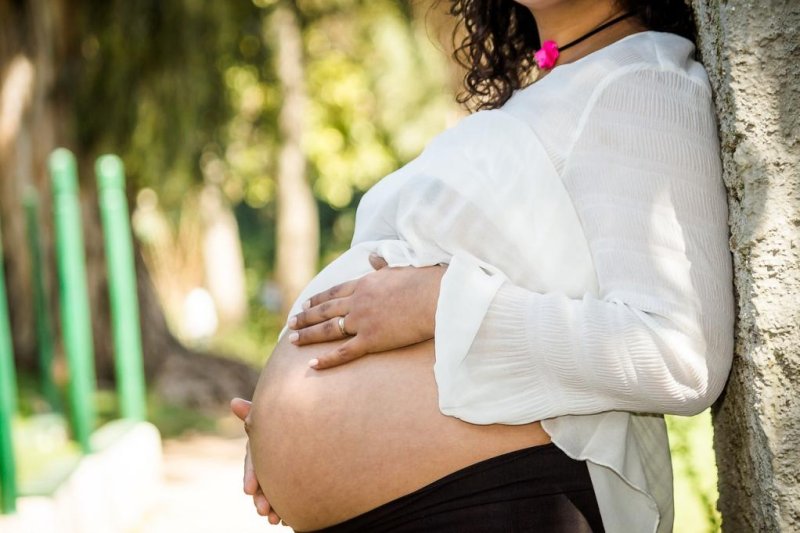Sept. 12 (UPI) -- Higher air pollution levels may raise the risk of preterm birth for women in their second pregnancy, a new study shows.
Taking in more carbon monoxide during a second pregnancy increased the risk of an expecting mother giving birth prematurely by 51 percent, according to research published Thursday in the Journal of Environmental Research and Public Health. Consuming higher levels of nitrogen dioxide raised that risk by 45 percent.















